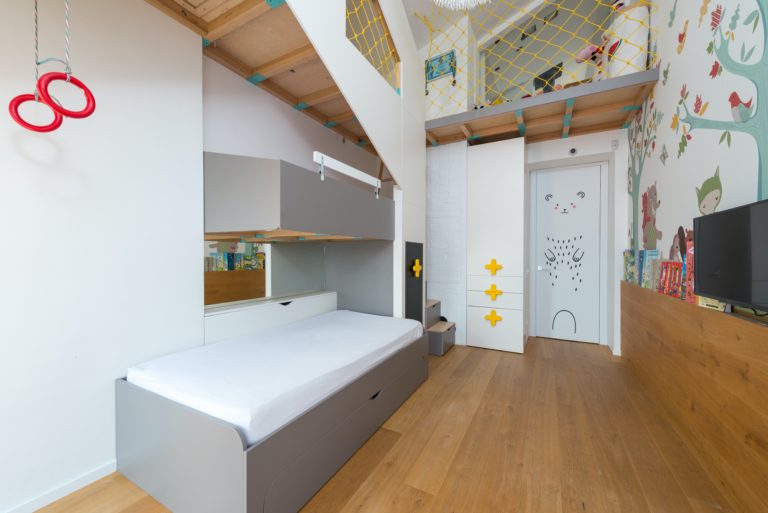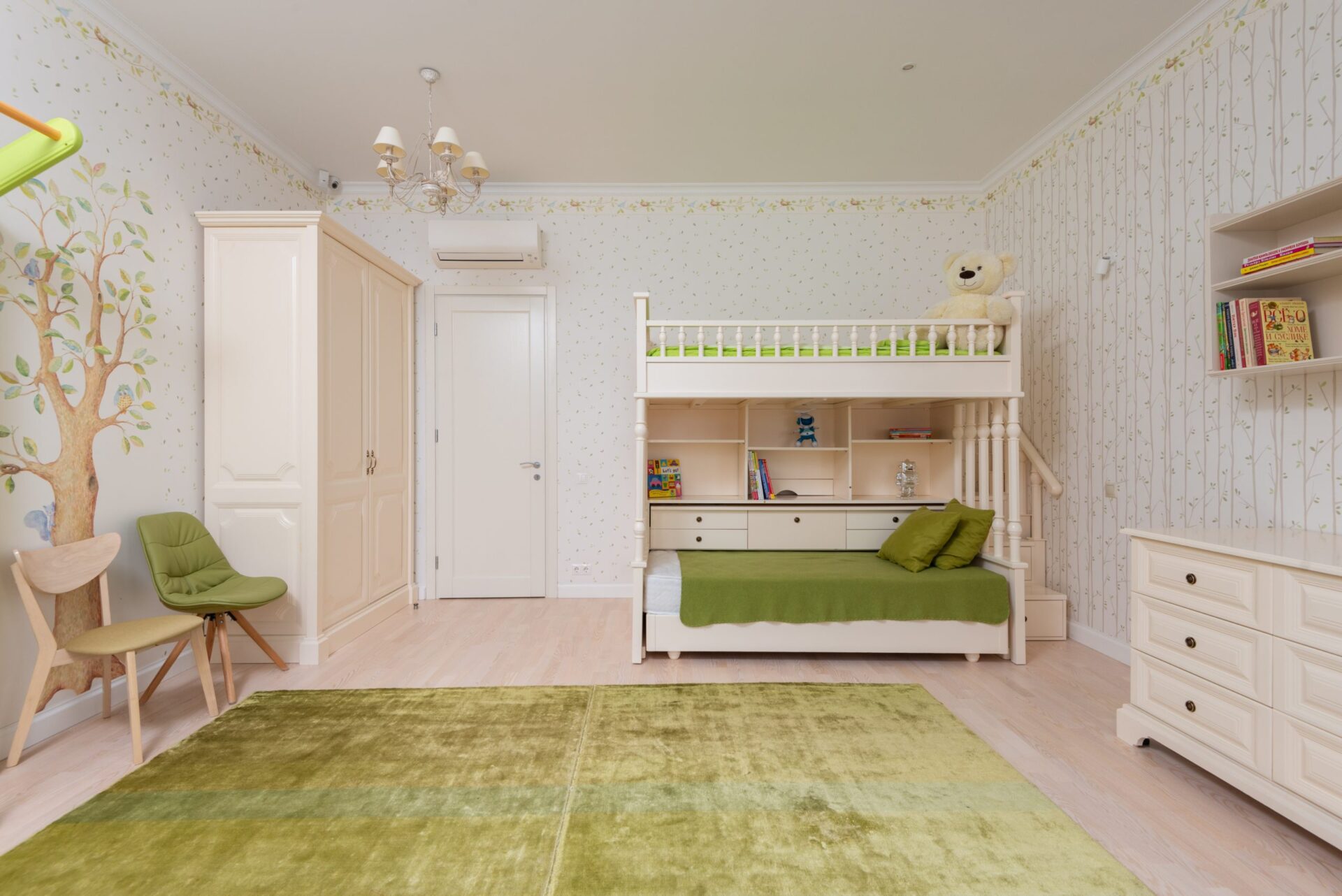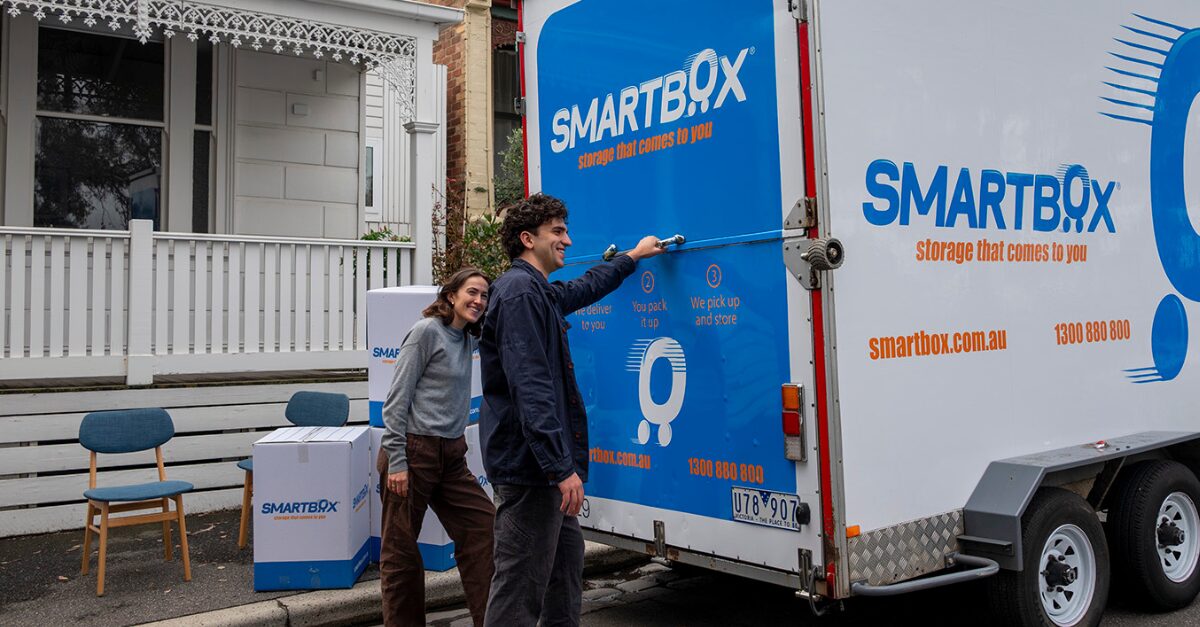A child’s bedroom is more than just a room: it’s a place for wild imagination, creation, play but as well as study and sleep. These rooms of joy must tick the boxes of what their idea of sanctuary is and yours which can be difficult to meet at times. Here are some ideas that will tickle the fancy of both you and your children while also hitting the nail on the head of work and play!
A handy-dandy bookcase
When it comes to creating a functional and child-friendly bedroom, a bookcase can be a valuable addition such as a bookcase that is not too tall for your child to reach and explore on their own. The bottom shelf is ideal for storing all their favourite reading materials for easy access, while the higher shelves is great for toys, plushes and anything that can be a bit out of the way. This can encourage your child to develop organisational skills and keep their belongings off the floor. With a well-designed bookcase, your child can access their books and toys with ease while fostering a love for reading, learning and tidying.
Get creative with colour
If you want to create a fun and creative space for your children’s bedroom, incorporating colours and unique designs can be a great way to stimulate their imagination. To avoid overwhelming their senses, keep the room’s palette to three main colours and consider using a combination of two warm colours like orange and yellow and a neutral such as cream or white. Adding an animal mascot that compliments the colour scheme, such as a fox for orange or a honeybee for yellow can tie the room together. While it’s important to involve your child in the decision-making process, be mindful that their preferences may change over time. By keeping the palette simple and adding fun accents and animals, you can create a space that your children will love for years to come.
Make sure there's floor space for play time
Children need to be able to run, play, hide and throw objects in their own space so it is important to prioritise their need for space to run, play and explore. To achieve this, consider eliminating any unnecessary furniture pieces such as an armchair that maybe taking up valuable floor space. A loft bed is every child’s dream, and this appealing furniture doubles as a storage solution with the bed above, and allows floor space to be used beneath. With a well-designed bedroom that maximises floor space and self storage, your child can have the freedom to move and play in their own space, producing a sense of independence and creativity.

Self storage is necessary, get inventive on where to store items
Keeping a child’s room tidy can be a challenge, but there are many self storage solutions that can help. Soft, small toys can easily be stored in boxes, which can be placed in designated storage areas such as under beds or on bookshelves. It is important to teach children the value of tidiness from a young age, as this can help develop good organisational habits. Children’s toys are ideal since they can be placed into a box quickly and are typically soft and little. To make use of the underutilised sections in the room, consider using pegs on the wall, book rails and storage containers that can be placed under the bed or in a cupboard. If you have lots of items to store and not enough space, you can always hire mobile storage from Smartbox, for more information click here.
A fluctuating art gallery
Kids adore creating art, which is a great source of inspiration for them. By creating easily changeable frames on the wall, children can display their artwork and be inspired by their own creations. It is important to make sure the frames are at a comfortable height where the children can reach them, or else parents may find themselves constantly changing out the art.
Learning can be fun!
A child’s development comes primarily from their education, so why not make learning enjoyable? Even when they are not thinking, they can learn instinctively by covering a wall with knowledge. Whether it’s a periodic table of elements, a time tables poster, or a geographic map, covering a wall with useful information can liven up a room and provide children with easy access to knowledge. Even when they’re not consciously studying, children can learn instinctively by being surrounded by informative and visually stimulating materials. By creating a fun and educational space, parents can help their child’s love for learning grow!


